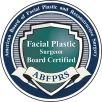Otoplasty (Ear Pinning) in NYC
THE PROCEDURE
WHAT is Otoplasty?
To correct protruding ears and other deformities while creating a natural, un-operated look.
THE SURGERY
Incisions are made behind the ears and excess skin and soft tissue is trimmed away. Stitches are placed in the cartilage to create folds that were not originally there. If needed, small adjustments to the helix or lobe are made to yield the best results.
THE CHALLENGES
Chance of thickened scars is more common in Black or Asian patients.
Loss of correction, especially if the ears are traumatized before completely healing.
Absolute symmetry is rarely achievable, especially since there is usually some preoperative asymmetry.
DOWN TIME
Otoplasty takes approximately 2 hours and can be performed at the hospital under general anesthesia.
Discharged the same day, adults and children must wear a turban-like dressing the first day after surgery. Once the turban is removed, an exercise headband is worn while sleeping for another 2 weeks.
Adults can resume normal activities within 1 day of surgery. Children can return to school after 1 week. Both should avoid strenuous activities for 3 weeks, as well as contact sports for 6 weeks.
THE GOALS
Sets protruding ears closer to the head for a more attractive look and correct misshapen, uneven, large or floppy ears.
Allows patients to wear hair short or pulled up and restores their confidence.
SPECIAL CONSIDERATIONS
Whether one or both ears require correction.
Age. (Ear cartilage must be fully formed and firm - which usually happens by age 5 - for surgery to take place.)
The level of concern for both children and parents.
RESULTS
BEFORE AND AFTER
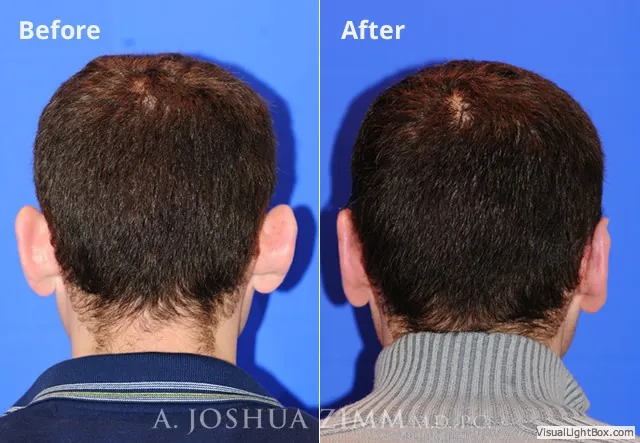
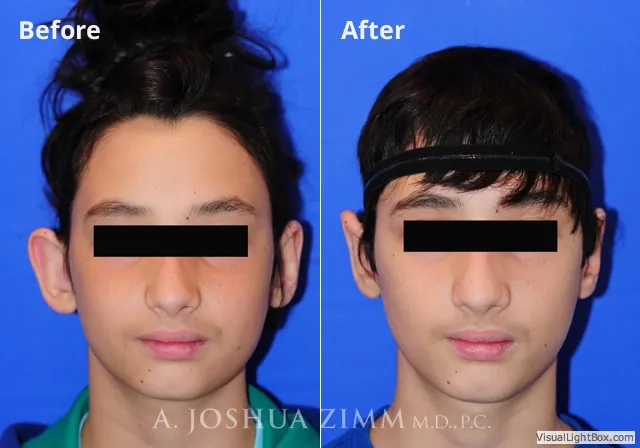
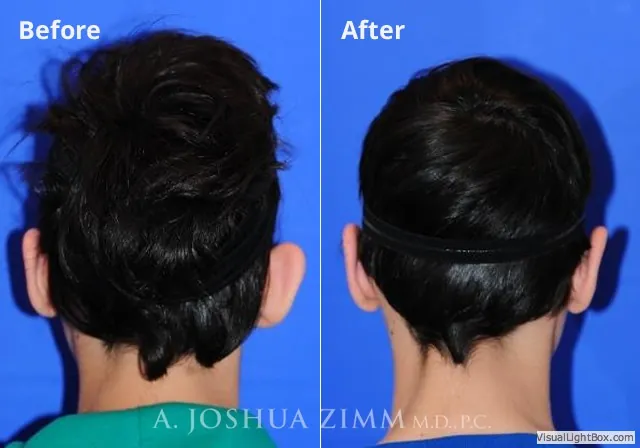
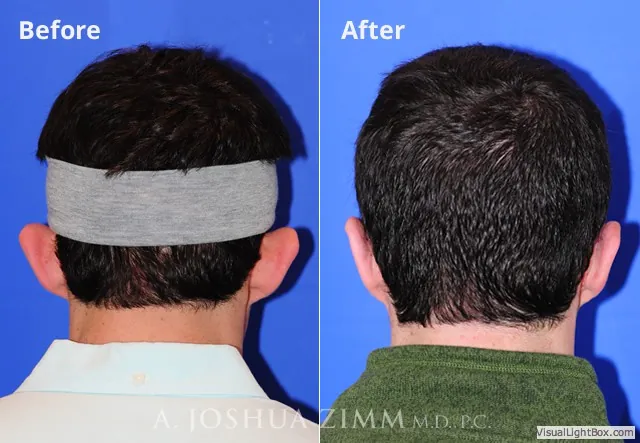
REVIEWS
FEATURED testimonials
FAQs
Frequently asked questions
The ideal age varies depending on the procedure. Some surgeries, like rhinoplasty, are often performed in late teens or early twenties, while others are more common among older adults seeking anti-aging treatments.
When performed by a board-certified plastic surgeon in a accredited facility, plastic surgery is generally safe. However, all surgical procedures carry inherent risks, and individual factors also play a role in safety.
Recovery time varies depending on the procedure and individual healing abilities. Some treatments may have minimal downtime, while others may require several weeks of recuperation.
Skilled surgeons strive to provide natural-looking outcomes. Open communication with your surgeon about your expectations and goals is crucial for achieving the results you desire.
Most surgeries result in some scarring, but plastic surgeons aim to minimize scarring through careful incision placement and suturing techniques. Scar management post-surgery can also help.
The cost varies by procedure and location. We do not accept insurance.
It's crucial to select a board-certified plastic surgeon with extensive experience in the specific procedure you're interested in. Reading reviews, checking credentials, and scheduling consultations can help with this decision.
Risks include infection, scarring, anesthesia complications, and dissatisfaction with results. An open discussion with your surgeon about potential risks and how they can be minimized is essential.
